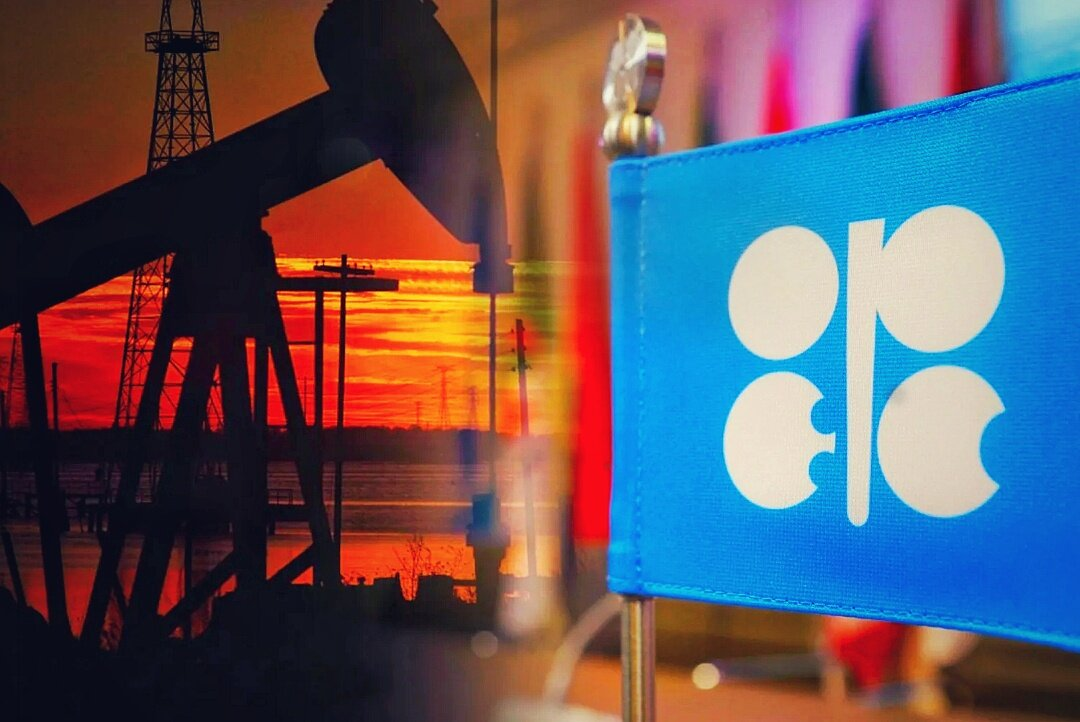While global consumers benefit from falling oil prices — with Brent crude dipping below $70 per barrel in early September — OPEC+ faces serious challenges. The oil producer alliance, led by Saudi Arabia, delayed production hikes for an additional two months in an attempt to stabilize prices. However, with low demand forecasts and rising supplies from non-OPEC countries, crude prices remain subdued.
This situation has prompted some market observers to ask if the world has reached “peak oil.” Is oil demand growth now on a long-term decline?
OPEC’s latest World Oil Outlook 2024 report dismisses this notion, projecting strong global energy demand growth of 24% by 2050. It forecasts medium-term oil demand to rise to 112.3 million barrels per day by 2029, a 10.1 million barrel increase from 2023. In contrast, the International Energy Agency (IEA) anticipates oil demand to level off at around 106 million barrels per day by the end of the decade, peaking by then.
The divergence in forecasts between OPEC and the IEA has drawn attention, particularly as the latter advocates for a net-zero emissions future. S&P Global Commodity Insights offers a middle ground, projecting peak demand at 109 million barrels per day in 2034, with a gradual decline to below 100 million barrels per day by 2050.
Despite these differing long-term projections, analysts agree that oil demand will decline in developed economies while rising in emerging markets, especially India.
For the near-to-medium term, analysts remain bearish on oil demand and prices, even after OPEC+ announced extended production cuts into December. Dave Ernsberger from S&P Global Commodity Insights commented that the two-month extension has done little to convince market skeptics of a price rebound.
The key issue, Ernsberger argues, is the transition to a “post-demand growth” era. While oil will remain essential, growth in demand is expected to plateau, driven in part by the rise of alternative energy sources like biofuels in the maritime industry.
External factors, particularly in China, are also posing challenges. As the world’s largest oil importer, China’s shift toward electrification and renewable energy is dampening long-term oil demand prospects. Li-Chen Sim, a non-resident scholar at the Middle East Institute, highlights China’s efforts to reduce its dependence on oil through electric vehicle adoption and renewable energy expansion. Despite China’s slowing economic growth of 3% to 5% annually, the country is structurally reducing oil consumption as part of its energy policy transformation.
In the near term, OPEC+ is expected to restore some production by December. However, internal issues such as some member countries exceeding their quotas, and external factors like increasing production from non-OPEC+ countries (e.g., the U.S., Brazil, and Canada), are keeping prices suppressed.
Looking ahead, many analysts believe that the decline of the oil era, if it happens, will be driven by shifting demand rather than supply shortages. As Sheikh Ahmed Zaki Yamani, a former Saudi oil minister, famously said in 2000, “The Stone Age came to an end not for a lack of stones, and the Oil Age will end, but not for a lack of oil.”


















